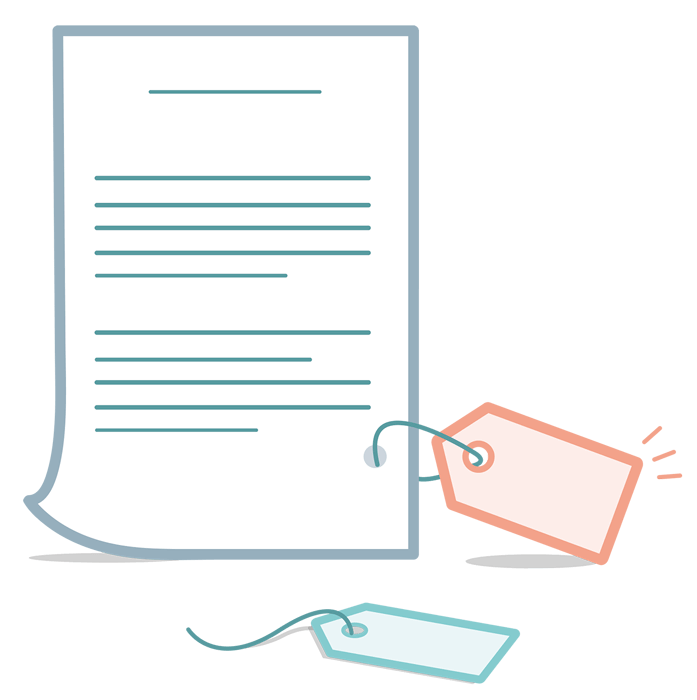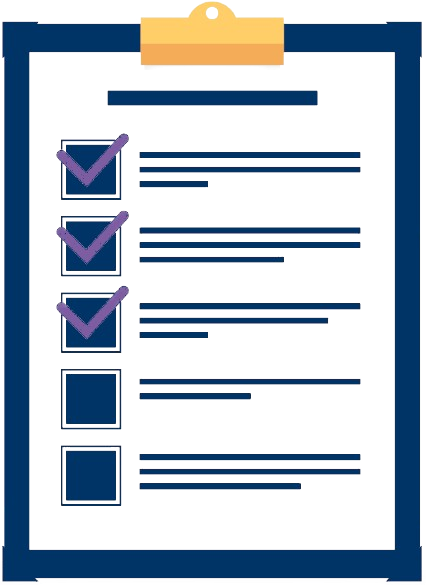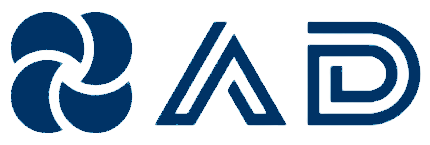Suggestions based on the Question and Answer that you are currently viewing
Identify two key influences on the nature of a management accounting system.
In January 2014, Susquehanna Inc. requested and secured permission from the commissioner of the Internal Revenue Service to compute inventories under the last-in, first-out (LIFO) method and elected to determine inventory cost under the dollar-value LIFO method. Susquehanna Inc. satisfied the commissioner that cost could be accurately determined by use of an index number computed from a representative sample selected from the company’s single inventory pool. Instructions (a) Why should inventories be included in (1) a balance sheet and (2) the computation of net income? (b) The Internal Revenue Code allows some accountable events to be considered differently for income tax reporting purposes and financial accounting purposes, while other accountable events must be reported the same for both purposes. Discuss why it might be desirable to report some accountable events differently for financial accounting purposes than for income tax reporting purposes. (c) Discuss the ways and conditions under which the FIFO and LIFO inventory costing methods produce different inventory valuations. Do not discuss procedures for computing inventory cost.
A silicon wafer with a diameter of 200 mm is processed over a circular area whose diameter = 190 mm. The chips to be fabricated are square with 10 mm on a side. The density of point defects in the surface area is 0.0047 defects/cm2. Determine an estimate of the number of good chips using the Bose-Einstein yield computation.
L. A. and Paula file as married taxpayers. In August of this year they received a $5,200 refund of state income taxes that they paid last year. How much of the refund, if any, must L. A. and Paula include in gross income under the following independent scenarios? Assume the standard deduction last year was $12,600. a. Last year L. A. and Paula had itemized deductions of $10,200, and they chose to claim the standard deduction. b. Last year L. A. and Paula claimed itemized deductions of $23,200. Their itemized deductions included state income taxes paid of $7,500. c. Last year L. A. and Paula claimed itemized deductions of $15,400. Their itemized deductions included state income taxes paid of $10,500. Answer:
Grady is a 45-year-old employee with AMUCK Garbage Corporation. AMUCK pays group-term life insurance premiums for employees, and Grady chose the maximum face amount of $120,000. What amount, if any, of the premium AMUCK paid on his behalf must Grady include in his gross income for the year? Provide a tax authority to support your answer.
Static and flexible budgets, variances, information quality The photocopying department in the local polytechnic college has budgeted monthly costs at $40 000 per month plus $7 per student. Normally 800 students are enrolled. During March there were 730 students (which is within the relevant range). At the end of the month, actual fixed costs were $42 000 and variable costs were $3650. Required (a) Develop a static budget for photocopying costs based on 800 students. (b) Calculate the March static budget variance for fixed and variable photocopying costs. (c) Develop a flexible budget for the actual volume of students in March. (d) Calculate the March flexible budget variance for fixed and variable photocopying costs. (e) Which variance information — part (b) or (c) — is of higher quality? Explain.
To what extent do the costs used to value inventories for external financial reporting support internal management decisions on issues such as whether to accept a special, one-off order or whether to outsource part or all of the production process?
Will this type of behaviour tend to lead to profit maximisation?
Redraw Figures 2.23 and 2.24 assuming that the initial change in price was caused by a shift in the supply curve.
A tensile test is performed to determine the strength constant C and strain-rate sensitivity exponent m in Eq. (18.4) for a certain metal. The temperature at which the test is performed = 500°C. At a strain rate = 12/s, the stress is measured at 160 MPa; and at a strain rate = 250/s, the stress = 300 MPa. (a) Determine C and m. (b) If the temperature were 600°C, what changes would you expect in the values of C and m?
Matt Schmidt Company’s ledger shows the following balances on December 31, 2014. 7% Preferred stock—$10 par value, outstanding 20,000 shares $ 200,000 Common stock—$100 par value, outstanding 30,000 shares 3,000,000 Retained earnings 630,000 Instructions Assuming that the directors decide to declare total dividends in the amount of $366,000, determine how much each class of stock should receive under each of the conditions stated below. One year’s dividends are in arrears on the preferred stock. (a) The preferred stock is cumulative and fully participating. (b) The preferred stock is noncumulative and nonparticipating. (c) The preferred stock is noncumulative and is participating in distributions in excess of a 10% dividend rate on the common stock.
Why do marginal cost curves intersect both the average variable cost curve and the average cost curve at their lowest point?
Explain how you would decide whether to record each of the following expenditures as an asset or an expense. Assume all items are material. (a) Legal fees paid in connection with the purchase of land are $1,500. (b) Eduardo, Inc. paves the driveway leading to the office building at a cost of $21,000. (c) A meat market purchases a meat-grinding machine at a cost of $3,500. (d) On June 30, Monroe and Meno, medical doctors, pay 6 months’ office rent to cover the month of July and the next 5 months. (e) Smith’s Hardware Company pays $9,000 in wages to laborers for construction on a building to be used in the business. (f) Alvarez’s Florists pays wages of $2,100 for the month an employee who serves as driver of their delivery truck.
Erin is considering switching her business from the cash method to the accrual method at the beginning of next year. Determine the amount and timing of her §481 adjustment for next year assuming the IRS grants Erin’s request in the following alternative scenarios. a) At the end of this year, Erin’s business has $15,000 of accounts receivables and $18,000 of accounts payables that have not been recorded for tax purposes. b) At the end of this year, Erin’s business reports $25,000 of accounts receivables and $9,000 of accounts payables that have not been recorded for tax purposes.
Under what conditions should a provision be recorded?
Yong’s tax return was audited because he calculated his tax liability incorrectly. What IRS audit procedure identified his tax return for audit?
Peter Henning Tool Company’s December 31 year-end financial statements contained the following errors. December 31, 2014 December 31, 2015 Ending inventory $9,600 understated $8,100 overstated Depreciation expense $2,300 understated — An insurance premium of $66,000 was prepaid in 2014 covering the years 2014, 2015, and 2016. The entire amount was charged to expense in 2014. In addition, on December 31, 2015, fully depreciated machinery was sold for $15,000 cash, but the entry was not recorded until 2016. There were no other errors during 2014 or 2015, and no corrections have been made for any of the errors. (Ignore income tax considerations.) Instructions (a) Compute the total effect of the errors on 2015 net income. (b) Compute the total effect of the errors on the amount of Henning’s working capital at December 31, 2015. (c) Compute the total effect of the errors on the balance of Henning’s retained earnings at December 31, 2015.
According to the video on forming, what is the primary factor that makes the mechanical performance of forged parts better than cast parts in many situations?
Your firm has been engaged to examine the financial statements of Almaden Corporation for the year 2014. The bookkeeper who maintains the financial records has prepared all the unaudited financial statements for the corporation since its organization on January 2, 2009. The client provides you with the following information. The supplementary information below is also provided. 1. On May 1, 2014, the corporation issued at 95.4, $750,000 of bonds to finance plant expansion. The long-term bond agreement provided for the annual payment of interest every May 1. The existing plant was pledged as security for the loan. Use the straight-line method for discount amortization. 2. The bookkeeper made the following mistakes. (a) In 2012, the ending inventory was overstated by $183,000. The ending inventories for 2013 and 2014 were correctly computed. (b) In 2014, accrued wages in the amount of $225,000 were omitted from the balance sheet, and these expenses were not charged on the income statement. (c) In 2014, a gain of $175,000 (net of tax) on the sale of certain plant assets was credited directly to retained earnings. 3. A major competitor has introduced a line of products that will compete directly with Almaden’s primary line, now being produced in a specially designed new plant. Because of manufacturing innovations,the competitor’s line will be of comparable quality but priced 50% below Almaden’s line. The competitor announced its new line on January 14, 2015. Almaden indicates that the companywill meet the lower prices that are high enough to cover variable manufacturing and selling expenses, but permit recovery of only a portion of fixed costs. 4. You learned on January 28, 2015, prior to completion of the audit, of heavy damage because of a recent fire to one of Almaden’s two plants; the loss will not be reimbursed by insurance. The newspapers described the event in detail. Instructions Analyze the above information to prepare a corrected balance sheet for Almaden in accordance with proper accounting and reporting principles. Prepare a description of any notes that might need to be prepared. The books are closed and adjustments to income are to be made through retained earnings.
On December 31, 2014, Iva Majoli Company borrowed $62,092 from Paris Bank, signing a 5-year, $100,000 zero-interest-bearing note. The note was issued to yield 10% interest. Unfortunately, during 2016, Majoli began to experience financial difficulty. As a result, at December 31, 2016, Paris Bank determined that it was probable that it would receive back only $75,000 at maturity. The market rate of interest on loans of this nature is now 11%. Instructions (a) Prepare the entry to record the issuance of the loan by Paris Bank on December 31, 2014. (b) Prepare the entry, if any, to record the impairment of the loan on December 31, 2016, by Paris Bank.
What are the general mechanical properties of ceramic materials?
Consider the following letter and answer Shady’s question.
Explain how the bankruptcy of Lehman Brothers (a large securities firm) reduced the liquidity of the commercial paper market. (LO1)
Suppose you asked your favorite AI query tool the following question: “Do IRS Temporary Regulations have a limited life?” The AI tool provided the following response: Is the AI response correct? Explain.
Cost of rework; control of scrap; accounting for scrap Dapper Dan Draperies manufactures and installs custom-ordered draperies. Required (a) For all drapes, occasionally the sewing equipment malfunctions and the drape must be reworked. Explain how to account for the cost of rework when it is needed. (b) Explain how to account for the cost of rework when customers choose a fabric that is known to require rework. (c) Explain why scrap will always arise in this business. (d) Dapper Dan can sell scraps to quilting groups or just throw them away. List several factors that could affect this decision. (e) If Dapper Dan decides to sell scraps, explain the accounting choices for recording the sales value.
The benefits of buying with AnswerDone:

Access to High-Quality Documents
Our platform features a wide range of meticulously curated documents, from solved assignments and research papers to detailed study guides. Each document is reviewed to ensure it meets our high standards, giving you access to reliable and high-quality resources.

Easy and Secure Transactions
We prioritize your security. Our platform uses advanced encryption technology to protect your personal and financial information. Buying with AnswerDone means you can make transactions with confidence, knowing that your data is secure

Instant Access
Once you make a purchase, you’ll have immediate access to your documents. No waiting periods or delays—just instant delivery of the resources you need to succeed.
